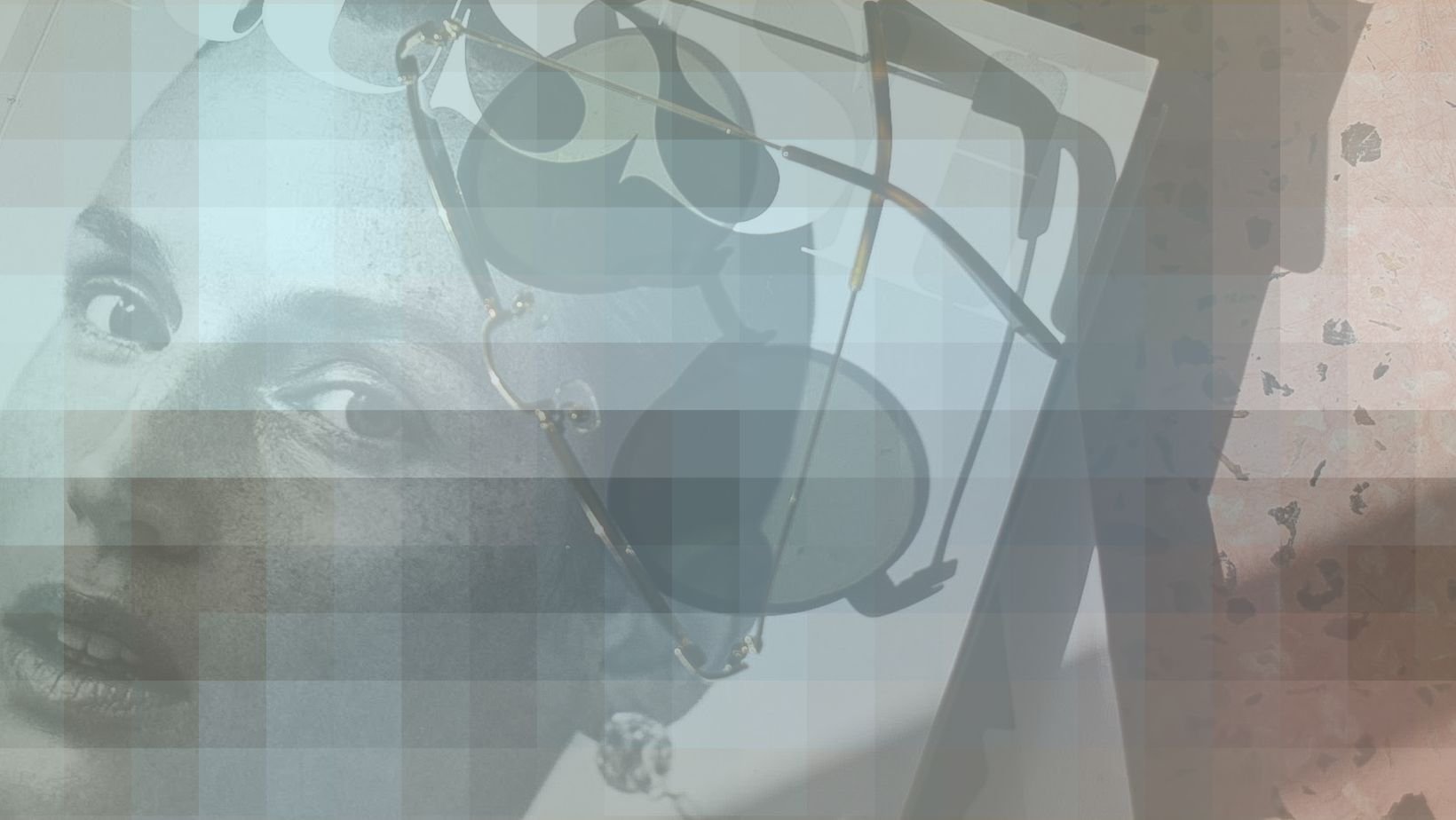The Power of High-Resolution Images in Getting Coverage
What Does "High Resolution" Mean?
In essence, high resolution refers to an image with a dense concentration of pixels.
Why High-Resolution Images are Crucial for Magazine Submissions and how to determine whether an image is high-resolution or low-resolution.
You have the perfect collection of photos for an article submission, and an editor from a top-tier magazine requests that you send them over. Excitedly, you email them your images. Moments later, they respond with, "Do you have that in high-res?" You might wonder, "Is it really that important?"
The answer is a definitive yes! The editor isn't being overly selective; there is a stark difference between low-resolution (lo-res) and high-resolution (hi-res) images. This difference can determine whether your photo looks sharp and professional or blurry when printed.
Let's examine what high resolution actually means to understand why high-resolution images are essential for magazine submissions.
What Does "High Resolution" Mean?
In essence, high resolution refers to an image with a dense concentration of pixels. Digital images are made up of millions or more of these tiny pixels, which are small squares of block colour. Usually, these pixels blend together seamlessly to form the complete image. However, the individual pixels become noticeable when you zoom in too much or try to enlarge an image beyond its limits, and this is why understanding how to resize an image correctly is so important.
Consider the following example: a lo-res image might look fine at its original size, but when enlarged, it appears pixelated, meaning you can see each pixel in a blocky pattern.
High vs. Low-Resolution Images
Low-resolution images generally have around 72 pixels per inch (PPI), which works well for web use since most screens can't display more than that. Lo-res images are also smaller in file size, aiding in faster website loading times, so when it comes to online, you want an image to be manageable. If you ever need to reduce the size of an image, a quick hack is to send it to yourself via WhatsApp and then download the new image. WhatsApp automatically reduces the size of files.
For that same reason, though, it is good to remember to ask people to send any photos you want to use at any point via something like WeTransfer or Dropbox so you have the hi-res image available. It is also worth noting that sometimes when you send photos via email, your pictures can again be automatically reduced in size—so again, this is not a good way to send images either.
High-resolution images have at least 300 PPI. This higher resolution ensures sharp, clear prints without blurriness or jagged edges, making it vital for professional printing.
How to Check Image Resolution
Just because an image looks good on your screen doesn't mean it's hi-res. You can't determine resolution by aspect ratio alone and a large file size doesn't always indicate high resolution.
How to Find the PPI of an Image on Mac or Windows
On Windows:
Using File Properties:
Right-click on the image file.
Select "Properties" from the context menu.
Go to the "Details" tab.
Look under the "Image" section for the "Horizontal resolution" and "Vertical resolution," which indicate the PPI.
Using Microsoft Paint:
Open the image in Microsoft Paint.
Click on the "File" menu.
Select "Properties."
Check the "Resolution" section to find the PPI.
On Mac:
Using Preview:
Open the image in the Preview application.
Click on "Tools" in the menu bar.
Select "Show Inspector."
In the Inspector window, click on the "Info" tab (represented by the letter 'i').
Look for the "Image DPI" or "Resolution" section to find the PPI.
When Do You Need High-Resolution Images?
Knowing when to use hi-res or lo-res images depends on their intended use:
Magazine Print: For magazine submissions, hi-res images (at least 300 DPI) are essential. Magazines require high-resolution images to ensure clarity and sharpness in print. A low-res image might look fine on a screen but will appear blurry and pixelated in print, compromising the quality of your work and the magazine's standards.
Digital Use: While magazines primarily need high-res images for print, they might also use images for their digital platforms. In such cases, low-res to medium-res images might be sufficient for web use, but it's always best to provide the highest quality available to maintain consistency across both mediums. (It is better to be asked if you have lower-resolution images than vice versa.)
Preparing Your Images for Submission
File Management: Save your photos in high-resolution formats (JPEG, PNG). Use platforms like WeTransfer or Dropbox to share high-res photos without losing quality. Avoid reducing file size via email or WhatsApp for magazine submissions.
When sending images to the media, it is best to send them in Dropbox, Google Docs, or something similar where the files do not disappear after a specific time limit. Even if an editor tells you they need the images quickly they may still need access to them much later after the submission and won't appreciate having to ask you for images again because your WeTransfer link has expired.
Selection and Organisation: Choose a small number of the best photos for submission. Include captions describing the photo content and context. An editor will not be impressed if you send your whole collection of professional images to sift through. Remember, as I have mentioned before, they are time-poor, so respect their time.
Credit any photographers involved: Even if you own the image rights, this is the polite thing to do. The photographer will thank you, and you will have a better professional reputation for doing so.
Backup: Keep multiple backups of all photos (cloud storage, external hard drives) and update them regularly.

